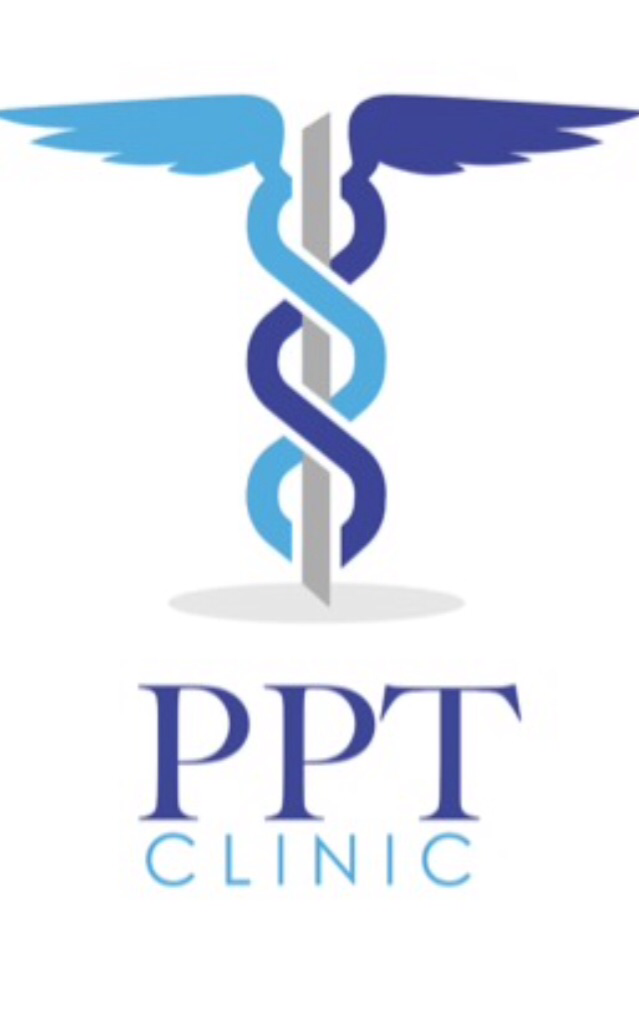Physical Therapy
Physical Therapy treatments cover all soft tissue injuries and conditions, and give pain relief following bone, muscle, nerve, ligament and joint injuries. Whether they be sports/recreational injuries or every day life injuries such as postural problems, repetitive stress injuries, accidents, occupational hazard injuries and road traffic accidents. Or management of chronic conditions such as fibromyalgia, osteoarthritis, multiple sclerosis and spina bifida.
Your Physical Therapy treatment at PPT Clinic will involve a variety a different treatment modalities such as;
Mobilisation:
Passive movements of the joints performed by the therapist to to diagnose and treat. Useful to increase range of motion to indicated joint and give pain relief.
Mobilisation of neural tissue:
An effective passive technique that helps 'unglue' impinged neural tissue and restores normal function.
Soft tissue manipulation:
This helps to enhance circulation to the injured area, thereby bringing healing cells of repair and nutrients to the affected area, while removing waste products from the injury. It is also beneficial in the reduction of muscle spasm and tension, and for pain relief.
Deep cross-fibre friction:
This technique can be used to break down or prevent the formation of scar tissue that inhibits the healing process. It is used primarily in the treatment of ligaments to ensure optimal repair of the damaged tissue.
Trigger point release:
This is the use of deep (ischemic) pressure to release trigger points (taught bands/nodules) within the soft tissue.
Muscle energy technique(MET) aka PNF stretching:
Stretching techniques used to enhance both active and passive range of motion in order to improve motor performance and aid rehabilitation.
Taping/strapping:
Tape may be applied to either support a painful area, provide feedback to correct posture, or restrict/facilitate a certain movement. The tape is usually kept in place for up to 48 hours. Should it cause you any pain, itchiness, or if the limb feels unusually cold, please remove the tape immediately.
Electrotherapy:
TENS and nerve & muscle stimulation. TENS is superficial electrical nerve stimulation for pain relief, to promote the healing process, and to reduce swelling.
Nerve and muscle stimulation uses the same concept as TENS but instead of the electrical stimulant being run through pads it's run through accupuncture needles for a deeper treatment when the injury is not superficial enough for the TENS pads. This is usually performed in conjunction with a dry needling treatment. Treatments ranges from 10-20 mins.
Rehab:
Your therapist may formulate an individualised exercise plan for you. This may include stretching, strengthening, balance, and postural exercises. Most treatments conclude with some sort of rehab, the amount depends on the injury at hand, and with a spacious fully equipped gym at PPT Clinic's disposal, you receive the most up to date rehab progammes. It is a very important step in the healing process as it helps to speed up recovery.
What do I need to bring to my appointment?
Please wear comfortable clothing, or you may bring a change of clothes if you wish, like a pair of shorts for example if your legs need to be examined.
If you have been to your Doctor and have been given a referral letter please bring it with you. If you have had any MRI scans or X-rays that are appropriate to your injury please bring them also.
You may feel a little tender or have some bruising in the first 24-48 hours following treatment. This is normal following assessment and treatment. If you are at all concerned, please do not hesitate to contact us anytime.
Myofascial Release
Myofascial pain requires myofascial release which are highly skilled manual therapeutic techniques used to release fascial restrictions, which may cause neuromusculoskeletal, myofascial pain and systemic pathology. When the fascia is in its normal healthy state it is a relaxed and supple web. When it is restricted it becomes more rigid and less pliable resulting in myofascial pain. This creates pulls, tensions and pressure as great as 2000 pounds per square inch. The fascia is a continuous system, running from the bottom of the feet through the top of the head and has many layers that cover every inch of us from our internal organs to muscle tissue. It is a body system in itself and is what composes over 80% of what we consider muscle tissue. Fascia restrictions can occur in any or all of these layers.
This technique is suited to people that find the deeper tissue work too painful and is especially beneficial for fibromylagia sufferers. Facial pain is one of the most undiagnosed problems among people today. Research shows that conditions such as Fybromyalgia can be treated effectively using myofascial release and myofascial pain relief methods. Myofascial Release techniques are gentle, safe and are highly effective in reducing pain and restoring motion and optimal function on a permanent basis.


